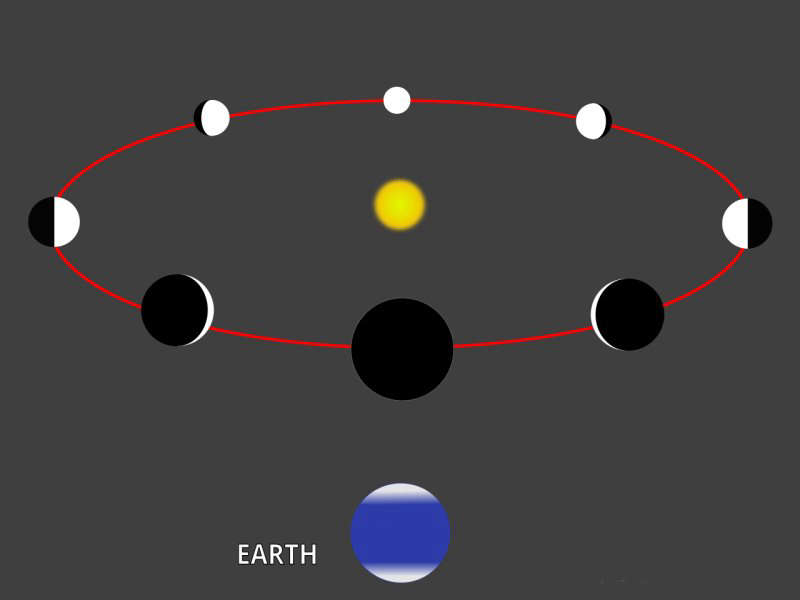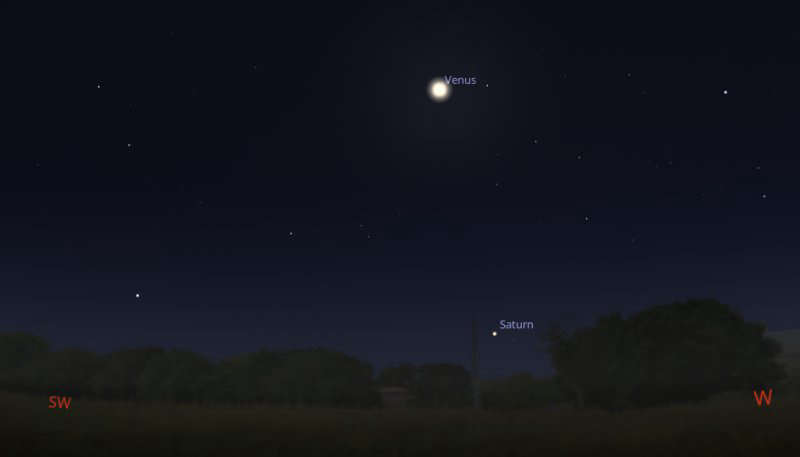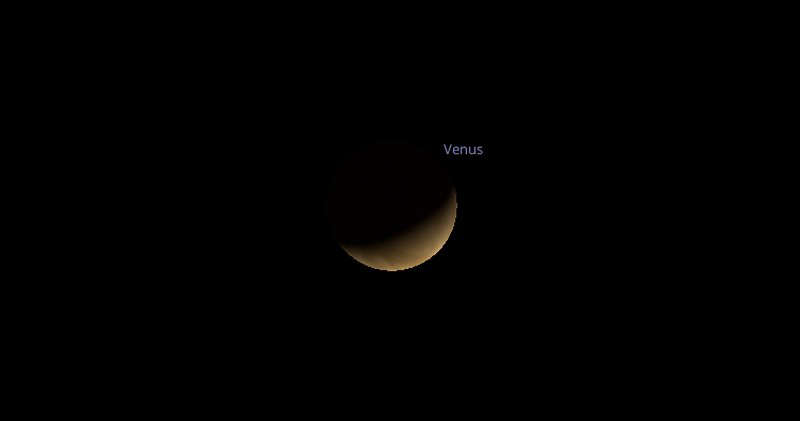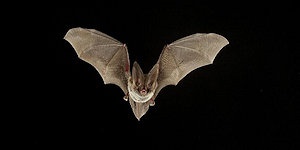
Monday 10th to Sunday 16th February 2025
At the moment, Venus is a spectacular sight in the early evening sky as it sets below the western horizon. It is currently shining at a very bright magnitude of around -4.5 so easy to spot with the naked eye. Because Venus is between us and the Sun, it is also possible to observe different phases, just like our Moon. You need a telescope to be able to see the phases however.

Look towards the west south west at

On this occasion, using your telescope will show Venus as a beautiful 30%-lit crescent shape. Please don't be tempted to set-up your telescope too early though, as you mustn't risk catching an accidental glimpse of the setting Sun in the eyepiece.

We used to consider Venus to be our sister planet and possibly a refuge if we needed to abandon the Earth. To ancient Greeks and Romans, Venus represented the goddess of love. In reality, nothing could be further from the truth!
Venus has a very dense atmosphere comprised mainly of Carbon Dioxide with Sulphuric Acid clouds. The thick atmosphere traps heat and the surface temperature is almost 500 degrees Celsius. This "greenhouse effect" in turn causes high pressure some 92 times that of the Earth! In other words, if you tried to land on Venus you would be suffocated, dissolved, cooked and squashed.....but not necessarily in that order!

Views in the eyepiece can be very deceiving sometimes!
www.starsoversomerset.com
Screenshots courtesy of Stellarium
Greenhouse Effect diagram courtesy of European Space Agency
Copyright Adrian Dening and Radio Ninesprings 2025

 False Fire Alarms
False Fire Alarms
 Dog DNA
Dog DNA
 Mobile Phones in Vehicles
Mobile Phones in Vehicles
 Car Free Route
Car Free Route
 Clean up our Countryside
Clean up our Countryside
 Church Bats
Church Bats








